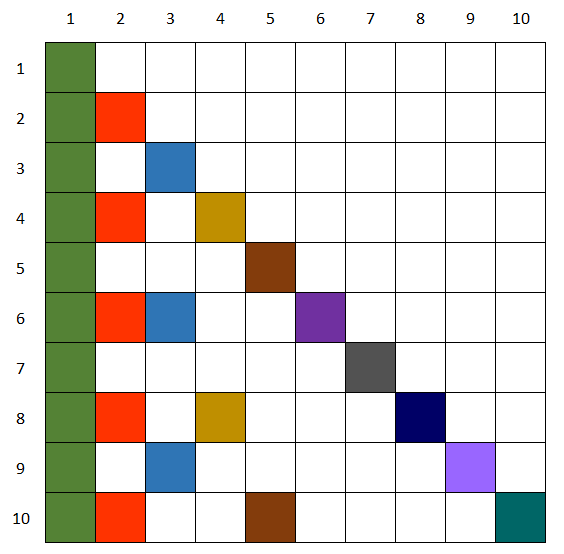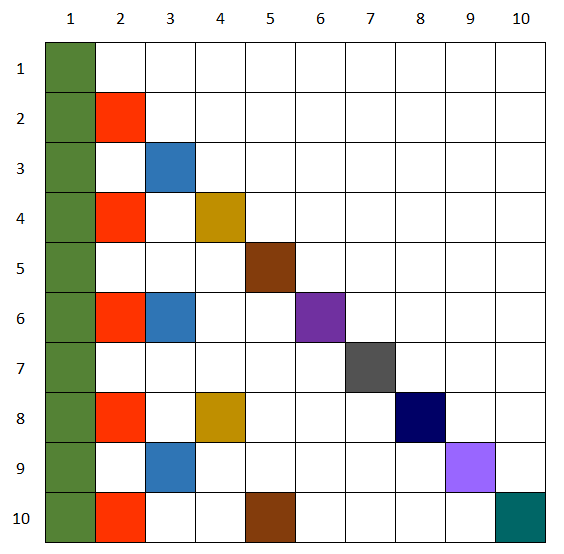Prime and Composite Numbers
Prime and Composite Numbers: Overview
This topic discusses the prime numbers, which are the numbers that can be only divided by one and the number itself, e.g., 2, 3, 5, 7, and 11. On the other hand, the numbers which can be divided by other numbers too are composite numbers.
Important Questions on Prime and Composite Numbers
Identify the odd composite number from the following.
Identify the odd composite number from the following.
Identify the even composite number from the following.
Identify the even composite number from the following.
Let's find and note down twin prime numbers. (from to )
Let's make a grid and find out the prime numbers in between and by the Sieve of Eratosthenes method.
Find the odd numbers that come immediately one after the other are both prime numbers.
For example: .
Do they have a different name?
Except for , all prime numbers are _____.
Note down the prime numbers between to derived from Sieve of Eratosthenes method.
The following grid shows the multiples of the number from to .

The multiples of are blue cells.
Note down the multiples of .
The following grid shows the multiples of the number from to .

The multiples of are red cells.
Note down the multiples of .
Write down those numbers which have exactly two factors.
Is there a number which is not a factor of itself?
Which is the prime number nearest to ?
Write the composite numbers between and .
Write the prime numbers less than .
Write the prime numbers between and .
Circle the prime numbers.
Express as sum of the two odd prime numbers and write the smallest odd prime number as the final answer.
There are four prime numbers written in ascending order. The product of the first three is and that of the last three is . The first prime number is:
